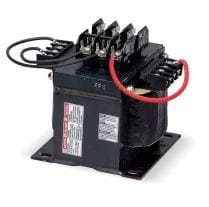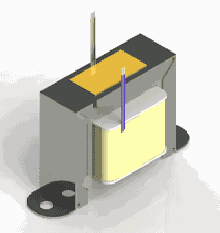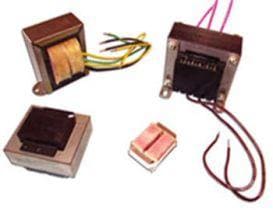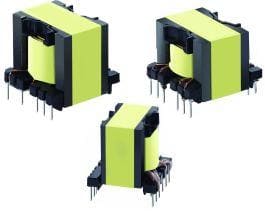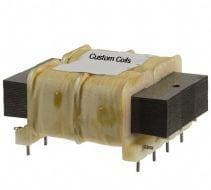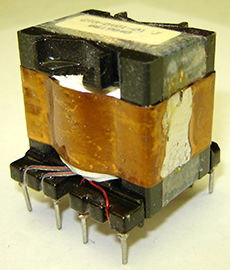
When it comes to step down transformer efficiency, customers need to consider some aspects such as reducing heat and maintaining transformer efficiency. Many times, the transformer is not working up to the expected performance level. Calling a technician to simply examine the transformer can be very time consuming. Hence, it would be a better idea if you can inspect the transformer yourself.
A General Inspection of a Power Step Down Transformer
You can check the transformer for any issues by following the steps below. Make sure all power has been shut-off and the transformer is properly de-energized.
- Detach the Wires: Take a screw and unhook the wires from the transformer terminals. Most of the time the wires may not have any markings to suggest which terminals they should be plugged into. Here, you can use a clear tape and pen to identify the wires.
- Configure the Voltmeter: The voltmeter has two lead wires – typically one red and the other one black. Turn on the meter and place the red wire into the ‘Ohms’ opening on the voltmeter. Switch the voltmeter to read resistance (in Ohms). Touch the black lead to the metal frame of the transformer.
- Test the Terminals: Check the transformer’s terminals in the following order – H1, H2, X1, and X2. With each terminal the meter should read as infinite ohms. The ohmmeter will display either a blank screen or the word ‘open’. Any resistance will mean that there is a conductive path from the winding to the frame of the transformer. This is an internal problem with the windings and typically means the transformer will not function.
- Check the Continuity of the Coils: Touch the black lead wire to the H1 terminal (start) and the red lead wire to the H2 terminal (finish). The meter should give a resistance reading in the range of ohms. Perform the same test on the X1 and X2 terminals. If either of the terminals shows infinite ohms or open then the wires are broken. This will keep the transformer from functioning properly.
- Test the Isolation Circuit: Touch the red lead wire to the H1 terminal, and the black lead wire to the X1 terminal. The meter should read infinite ohms. Perform the same test on the H2 and X2 terminals. If any resistance is read the isolation of the transformer has been compromised and this typically means the primary and secondary are shorted together.
These five simple steps can help you understand the state of your step up/down transformer. You can then contact your transformer repair company for further details and steps.

